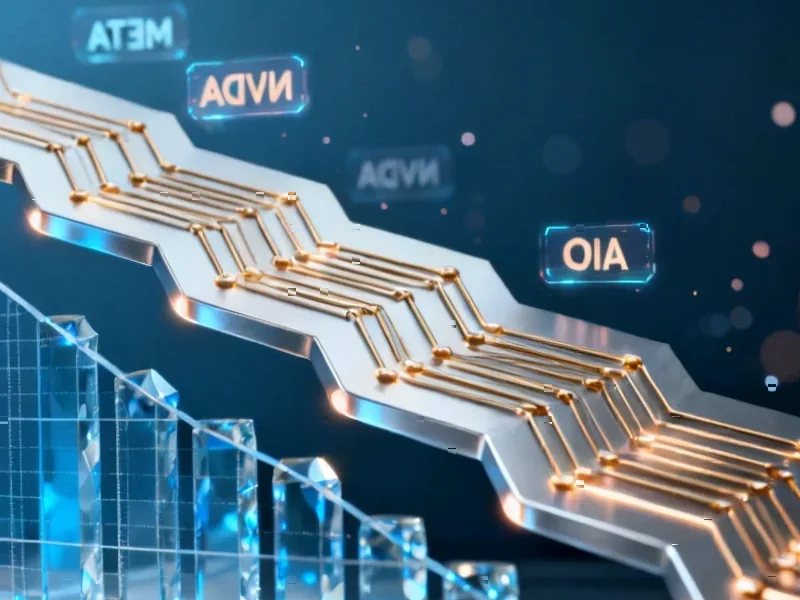According to Forbes, Wells Fargo’s Saul Van Beurden now leads the consumer, small and business banking division serving 50-60 million customers through 4,000 branches after previously serving as the bank’s head of technology. The division generates 90-95% of Wells Fargo’s U.S. revenue, where 210,000 employees serve millions of consumers and tens of thousands of companies. Van Beurden accepted the role after 36 hours of consideration and a conversation with his wife, bringing his experience from JPMorgan Chase and ING Group to modernize the bank’s operations. His appointment comes as Wells Fargo moves beyond the 2016 sales practices scandal and regulatory balance sheet caps to focus on organic growth across consumer credit, cards, commercial, and wealth businesses. The bank has combined consumer and business banking under one umbrella because their entry needs—checking, savings, payments, and credit—are fundamentally similar, creating operational efficiency.
From tech boss to banking boss
Here’s the thing about putting a former CIO in charge of retail banking: they approach everything with engineering discipline. Van Beurden isn’t just talking about digital transformation—he’s applying what he learned from watching small failures create enormous “blast radius” at previous roles. That “healthy paranoia” shapes how he thinks about preventing crises rather than just managing them. And honestly, that’s probably what Wells Fargo needs after their very public trust issues.
But what’s interesting is how he balances that operational rigor with customer and employee experience. He’s not just automating for efficiency’s sake—he’s constantly asking whether changes actually make people’s lives better. That combination of engineering mindset and human focus might be exactly what traditional banking needs right now.
The new customer expectation
The pandemic permanently changed what customers expect from their bank. Van Beurden noticed that once people got comfortable with apps for everything, the bar for digital experiences went way up. Now customers demand what he calls “channel parity”—they expect the same capabilities whether they’re using the mobile app, calling a contact center, or walking into a branch.
Think about that for a second. How many times have you called customer service only to be told “I can’t do that here, you need to use the app”? Wells Fargo is trying to eliminate those moments entirely. And honestly, that’s a massive technical challenge when you’re dealing with 4,000 branches and legacy systems. But it’s the kind of problem that plays perfectly to Van Beurden’s strengths—he understands both the technology and the customer behavior driving these changes.
AI’s practical promise
Van Beurden gets really practical about AI, which is refreshing when everyone’s talking about world-changing AI revolutions. He uses AI tools to cut his email review time from 30 minutes to 8 minutes. He and his wife even “settle arguments” using research assistants (though he’s quick to note they still verify the results). These aren’t sci-fi applications—they’re productivity tools that actually work today.
His approach to AI implementation is telling: data first, then AI. Wells Fargo built a cloud-based data layer before going big on AI applications. That’s the kind of boring but essential infrastructure work that doesn’t make headlines but actually enables real innovation. And his focus on using AI to augment human work rather than replace it shows he understands what actually creates value in a service business like banking.
Beyond smartphones and traditional thinking
Maybe the most fascinating part of Van Beurden’s perspective is what comes after our current technology paradigm. He’s thinking about what replaces smartphones—maybe glasses that are “a step closer to the brain,” or neural interfaces. He points out the weird disconnect where AI is advancing at lightning speed while many household devices look the same as fifty years ago.
That forward-looking curiosity explains a lot about how he’s approaching Wells Fargo’s transformation. He’s not just fixing today’s problems—he’s building for whatever comes next. And in a business where scale is destiny, that combination of operational discipline and future vision might be the bank’s most important advantage. You can find more perspectives on technology leadership at Forum on World Class IT.




